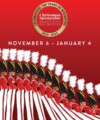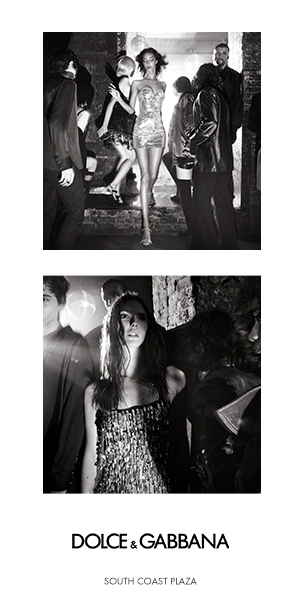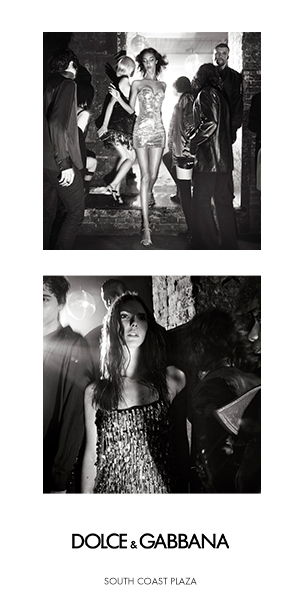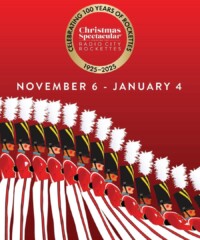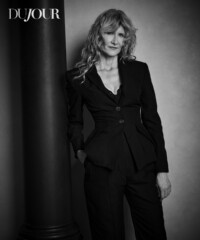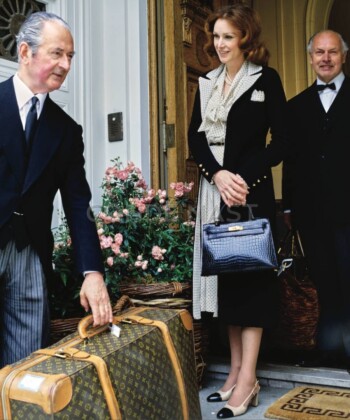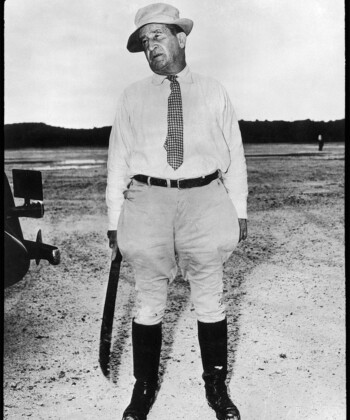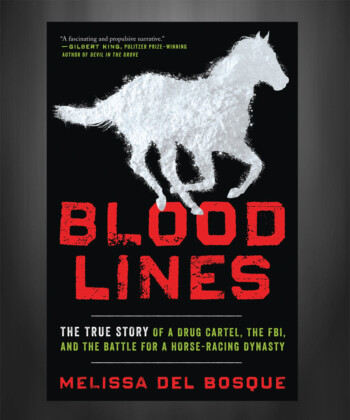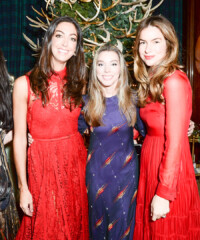Sophia and Curtis’ son, Edward Hutton, attended prep schools, followed by Columbia University. Numerous interviews paint a portrait of a bear-sized man (six-foot-five and more than 250 pounds) with a taste for luxury. He married Columbia classmate Caroline DuBois in 1963.
But he could not hold a job. Despite being the grand-nephew of the Hutton brothers, he was hired and fired from 12 different brokerage firms between 1964 and 1977. In the early 1970s, Edward and his young family moved to London, where he continued to struggle financially. At the end of 1976, his marriage ended.
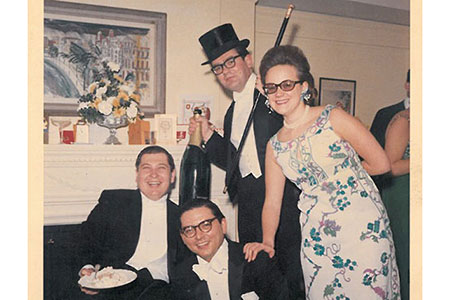
Edward Hutton in top hat, with his wife, Caroline, celebrate with friends
It has been widely reported that 1977 was a turning point in the tense and tangled lives of the Huttons, Friendlys and Brownells. Suzanne admits that her father was seen as the “scoundrel” of the extended Friendly family. This view was echoed by others. “The Friendlys ran out of money,” Sophia’s brother, William Brownell, later told the San Francisco Chronicle. “They were more or less living off my mother while she was alive.” The San Francisco townhouse did not belong to Sophia; it was in her children’s names. In the early ’70s, she arranged for the children to sign over rights to the property so that she could sell it. She then used the proceeds to put a down payment on her first house in Palm Springs. Edward and his sister, Sophia Merrill, complained and pressed for some share of the sale of the house. Their mother refused. Ed Friendly warned his stepchildren that if they continued to protest, they would be disinherited. Instead of backing off, the younger Sophia sued her mother. In 1977, Sophia Friendly had a codicil added to her will disinheriting her two children. “My sister’s relationship with her children was never satisfactory,” William Brownell said in the same newspaper story. “She wasn’t the motherly type at all. And she was extremely selfish.”
Edward Hutton, who has declined interview requests in the past, confirmed to DuJour that there was animosity. In one of two e-mails to this writer, Hutton said, “My relationship with my mother at the time of her death was somewhat strained because she and my stepfather swindled my sister and I out of the proceeds from the sale of our San Francisco home…We subsequently found out that she used that money to pay off [gambling] debts of our stepfather.”
Edward Hutton also confirms he met a man named Andreas Christensen in London in the 1970s. Although it is difficult to piece together Christensen’s background, Caroline Hutton, Edward’s ex-wife, now says, “Andreas had met Ed in one of the pubs of London. They became thick as thieves. Andreas always had stories of his adventures either in one business or another or his time working as a mercenary. He would also have a number of passports. He was dating a lovely woman named Katja Nielsen and, as I would later learn, he took her for quite a bit of money. Katja worked while neither Ed nor Andreas had a steady job. Every morning the two of them would walk her dogs for her while she was at work.” (Andreas Christensen did not respond to numerous attempts to interview him for this story.)
In 1978, Edward Hutton, heavily in debt, returned to the United States, leaving his children, Virginia and Teddy, behind in London with his ex-wife. Custody disputes raged. “He was broke and owed money to everyone,” Caroline said. Hutton ended up in Houston, vaguely connected to a new French restaurant called La Seule Etoile. In 1978, Texas Monthly magazine ran the following item:
“If you order quail or veal at Houston’s new Le Seule Etoile (the Lone Star) restaurant, chances are it will be prepared by E.F. Hutton. This is not the E.F. Hutton but the great-nephew of the millionaire stockbroker and a part-owner of the restaurant, which he opened in July after ‘travelling all over the world as a professional eater and drinker.’ On the way, he picked up a few trade secrets from European chefs. When E.F. Hutton cooks, people eat.”
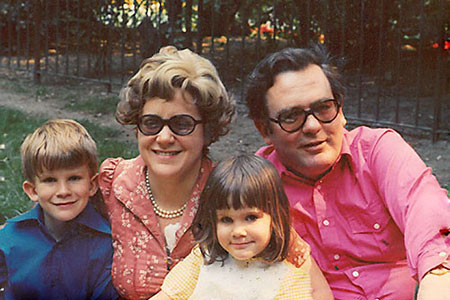
The Hutton family in happier times. (From left) Teddy, Caroline, Virginia and Edward
In September of 1978, Andreas Christensen arrived in Houston. Two weeks later, the two men flew to Los Angeles, rented a Ford sedan and drove to Santa Barbara. Edward Hutton had gotten a call from his sister. Their father, Curtis Hutton, was dying.
In Palm Springs, in the weeks after the murders of Sophia and Ed Friendly and Frances Williams, the police detectives, learning of the various trust funds, were pushing forward on several fronts. Barton says, “We enlisted the help of one of the young detectives on the squad. He was a college grad and knew how to use computers. Within a day he had put together a six-foot-long flow chart of the Brownell and Hutton families and their family histories and trusts. We quickly dispatched detectives to San Francisco to interview members of the Brownell family and four detectives to Santa Barbara to interview Curtis Hutton and his daughter Sophia.” Edward Hutton was located in Houston, and Barton personally flew there to interview him.
Sophia Merrill says today: “I had called my brother Edward to let him know that our father was gravely ill and that I was helping … take care of him and I thought that he should come and visit. A week or so later he arrives in Santa Barbara with this strange man he had not mentioned before. His name was Andreas Christensen, and he was introduced to us as a good friend of Edward’s from his time in London. They had supposedly worked together, but at what was something of a mystery.”
Christensen made the family uneasy. He “was scary and cold as ice,” Sophia Merrill says. “The first day of their visit, Edward, with Christensen standing right there, asks my ill father if he can have his gun collection. Without saying it, he meant after my father dies. It was terrible. This did not please my father, and I thought it was insensitive and horrible. We had an uncomfortable fish dinner at the Biltmore, one of the more fashionable restaurants in Santa Barbara. During dinner I asked Christensen why he had dyed what looked like blond hair to a darker color. It was a steel color and looked all shiny. He gave me some excuse that he was going to a Halloween party or some such nonsense.”
(In the e-mail sent this year, Hutton says, “Andreas Christensen never communicated nor saw my father, never entered his home, nor did he or I ever discuss his gun collection.”)
To continue his murder investigation, Barton flew to Houston and was met by a young homicide detective of that city, Johnny Donovan. They headed for Le Seule Etoile, which actually belonged to a man named Henry Kelsey. Hutton had functioned as a sommelier for his friend. But Kelsey was disenchanted—later it was alleged that Hutton sold bottles of wine at inflated prices to customers and pocketed the money. (According to Hutton, “Mr. Kelsey and I had a difference on opinion on running a restaurant.”)
Kelsey told detectives that a month earlier Hutton had introduced him to Christensen in the restaurant. He was astounded when the Danish man asked him to purchase a gun. Kelsey emphasized to police, “Needless to say, I refused.”
Kelsey suggested that police interview the maître d’, David St. John, and the head waiter, Antonio Garrido. Barton remembers the 21-year-old St. John as a courteous and good-looking former college soccer player. “The kid was a bit hesitant,” he remembers. Still, they formed a bond. St. John “was talking to me about what it was like to be a detective, and he’s thinking that he might want to one day be an FBI agent or detective. I gave him my card and told him to call me if he wanted to talk about that or anything else. It turned out to be a good move.”
With St. John, the police struck pay dirt. The maître d’ said Hutton and Christensen told him they both belonged to a prestigious gun club in London and that Christensen wanted to purchase a .45-caliber handgun to add to his collection. The problem was that as a foreigner he could not legally purchase a weapon. Hutton explained that you needed a valid Texas driver’s license to purchase a gun but he had not been issued one yet. Garrido said they prevailed on him to buy the gun for them. Garrido went with Christensen to a pawnshop and confirmed that he bought one but was unsure of details.
Shortly after the triple homicide, detectives had put out a wanted-for-questioning alarm for Christensen, but he’d quietly left the country. The detectives contacted Interpol and put Christensen on their wanted list.
Edward Hutton, though, was interviewed twice by detectives in Houston. Hutton had proof that on September 25 he’d flown back to Texas and not left. He initially said he met Christensen at the Los Angeles International Airport when he was on his way to visit his father. “At first he also lied about taking Christensen to Santa Barbara to meet his father, but later admitted he did it,” Barton said. “The detective working with me quickly established that Hutton did indeed have a Texas driver’s license.”
Hutton agreed to a third interview with police, when he was supposed to voluntarily take a polygraph test. But Hutton did not show up at the appointed time.


